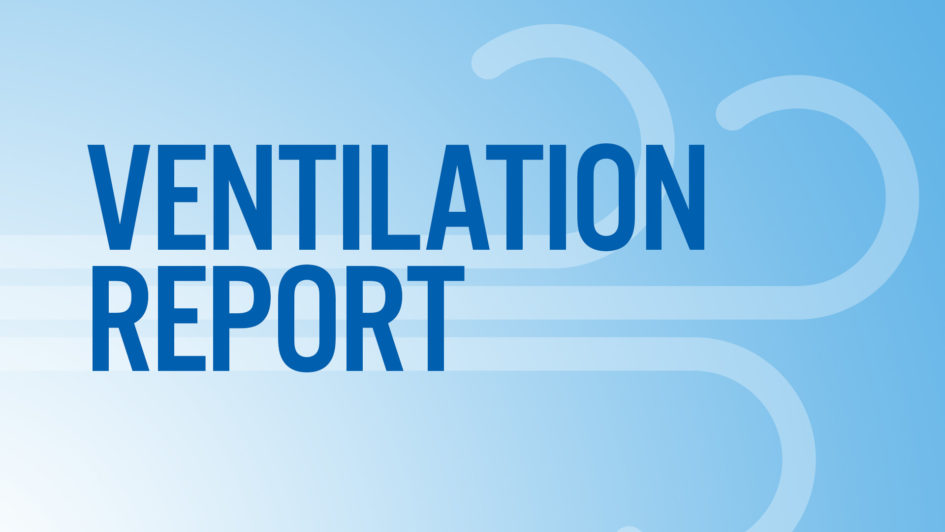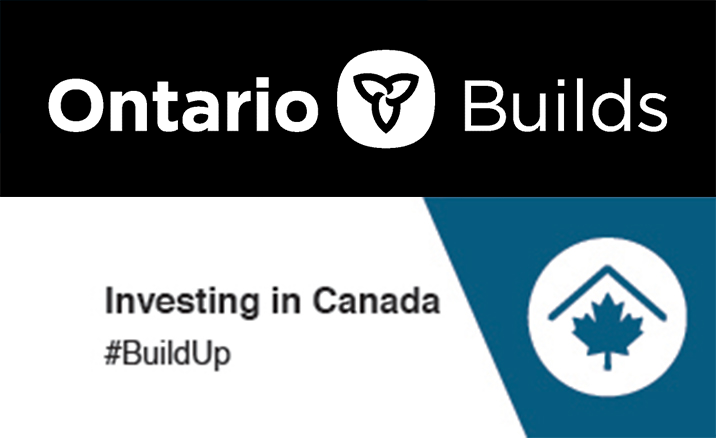
School Board Ventilation Profile
School boards are optimizing air quality in schools through improved ventilation and filtration. Implemented measures are dependent on the type of ventilation and feasibility within the context of school facilities and related building systems.
This is a key element in the multiple protective strategies being employed to reduce the risk of viral transmission and support healthier and safe learning environments for students and staff.
Measures to Help Reduce Transmission Risk in Indoor Settings
School Board Ventilation Strategy
- Upgrade all HVAC filters to MERV 13 or highest-grade filter possible and change 5 times per year.
- Assess and fine tune all mechanical ventilation systems Board wide as well as maximize fresh air intake and minimize recirculation air in all HVAC systems.
- Execute mechanical ventilation upgrade projects in all teaching and non-teaching spaces where required.
- Install HEPA units in all regularly occupied teaching and multi-occupant non teaching spaces without Mechanical Ventilation plus install HEPA units in all full day kindergarten rooms, ACE classrooms and portables.
School Board Wide Investments
|
2020-2023 School Years Ventilation Funding*: $55.4M |
2023-2024 School Year Ventilation Funding*: $12.4M |
| 105 Ventilation Projects Completed | 24 Ventilation Projects in Progress/Planned |
| 64 Schools Receiving an investment, which is 52% of the total schools in the Board | 18 Schools to Receive an Investment which is 15% of the total schools in the Board |
Note:* This includes spending from dedicated ventilation programs, federal-provincial funding, provincial renewal funding and supplemental funding from other Board sources.
View the WRDSB Ventilation Report
Categories: COVID-19-Page Tags: HEPA Filter · ventilation

